Explaining when and how to use punctuation in K-2 classrooms happens almost daily! It’s a hard concept for young writers to grasp, but punctuation is such an important part of teaching writing. Read on to find out why punctuation matters in early elementary classrooms!
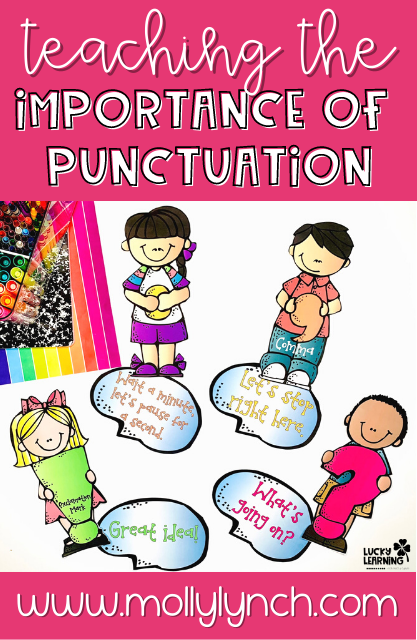
This post contains affiliate links. By purchasing an item on Amazon using these links, I will receive a small commission on your purchase. For more information about my Disclosure Policy, please visit this link.
The Importance of Punctuation in Early Language Development
In early elementary classrooms, punctuation is an important element of language that helps to bring more clarity and understanding to written and verbal communication. Punctuation also helps young students to understand and apply the conventions of writing more effectively.
It also gives students a stronger understanding of the rules of grammar, improves comprehension and fluency, and supports clear and consistent written communication. In addition, proper punctuation is also an important part of everyday speech, and introducing and emphasizing the use of punctuation in early elementary classrooms can give students the skills they need to communicate effectively in a variety of different contexts.
Kick Off the Unit with Read Alouds
Now you know I love incorporating books into any kind of learning! Here are a few of my favorites for punctuation:
Grammar Tales
Let’s Get a Pup!” said Kate
The Day Punctuation Came to Town
Punctuation Takes a Vacation
Learning About End Punctuation in Sentences
I always start by teaching my students how to use end punctuation. Periods, question marks, and exclamation points often confuse young writers. First, students should learn the basic rules of when and how to use these punctuation marks. For example, they should place periods at the end of statements, question marks at the end of questions, and exclamation points at the end of statements that need extra emphasis.
Punctuation Posters with end punctuation marks help students remember how to use different types of punctuation.
Hang the posters on the wall or writer’s workshop bulletin board to highlight these punctuation marks:
- Period/Full Stop
- Exclamation Mark
- Colon
- Question Mark
- Comma
- Semicolon
- Quotation Marks/Speech Marks
- Dash
- Hyphen
- Parenthesis
- Ellipsis
- Apostrophe
Teaching K-2 Students About Quotation Marks
Once students understand end punctuation, I’ll introduce quotation marks. Of course, quotation marks are used to highlight a person’s words. This is the trickiest one for my class and once you teach it, they always go bananas adding in quotes!
I like to teach my students about quotation marks by using mentor texts. Reading simple books with dialogue can help students learn about how quotation marks work. The most important things I teach are that a new speaker means a new paragraph, and punctuation marks like commas and periods go inside the quotation marks in dialogue.
Looking for a hands on lesson? Try using macaroni! Your students will love this silly…but important lesson!
Helping Students Understand Commas
Finally, I introduce the comma. First, I explain to my students that commas are used to separate different parts of a sentence, and they are often used to separate two or more words.
Related Reading: Top Parts of Speech Games
To help demonstrate how we use commas, I’ll use simple sentences like these:
“My friend ate pizza, salad, and a breadstick for lunch.”
“Toby went sledding, but my mom said it was too windy.”
Finally, I also love using Punctuation Friends to show punctuation in use. These cute little poster cut-outs are ready to cut and hang on your bulletin board. Each child has a speech bubble with a sentence showing certain punctuation marks in use.
The punctuation kids include:
- Comma Kid
- Period Kid
- Exclamation Point Kid
- Question Mark Kid
I love teaching punctuation in my classroom! Overall, it helps students improve their future reading and writing skills. Punctuation also creates structure and meaning in sentences, allowing students to better comprehend written material. When we help students realize the power of punctuation, it makes them better readers and writers. Use these activities and resources to help your students know why punctuation matters in early elementary classrooms.
Need an easy way to slip in punctuation daily? Go check out this post with two simple ideas!
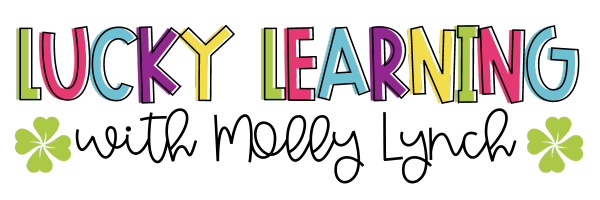

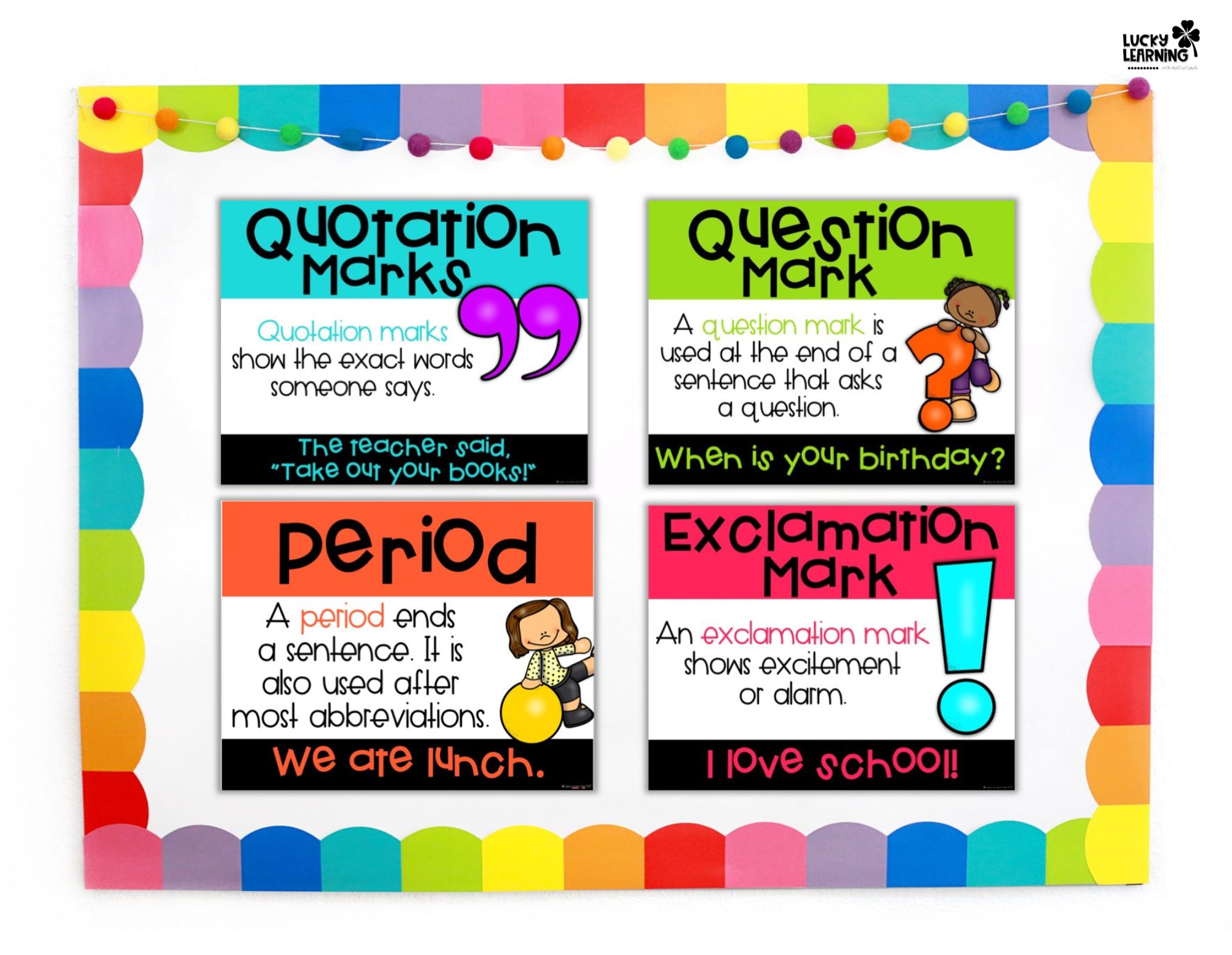
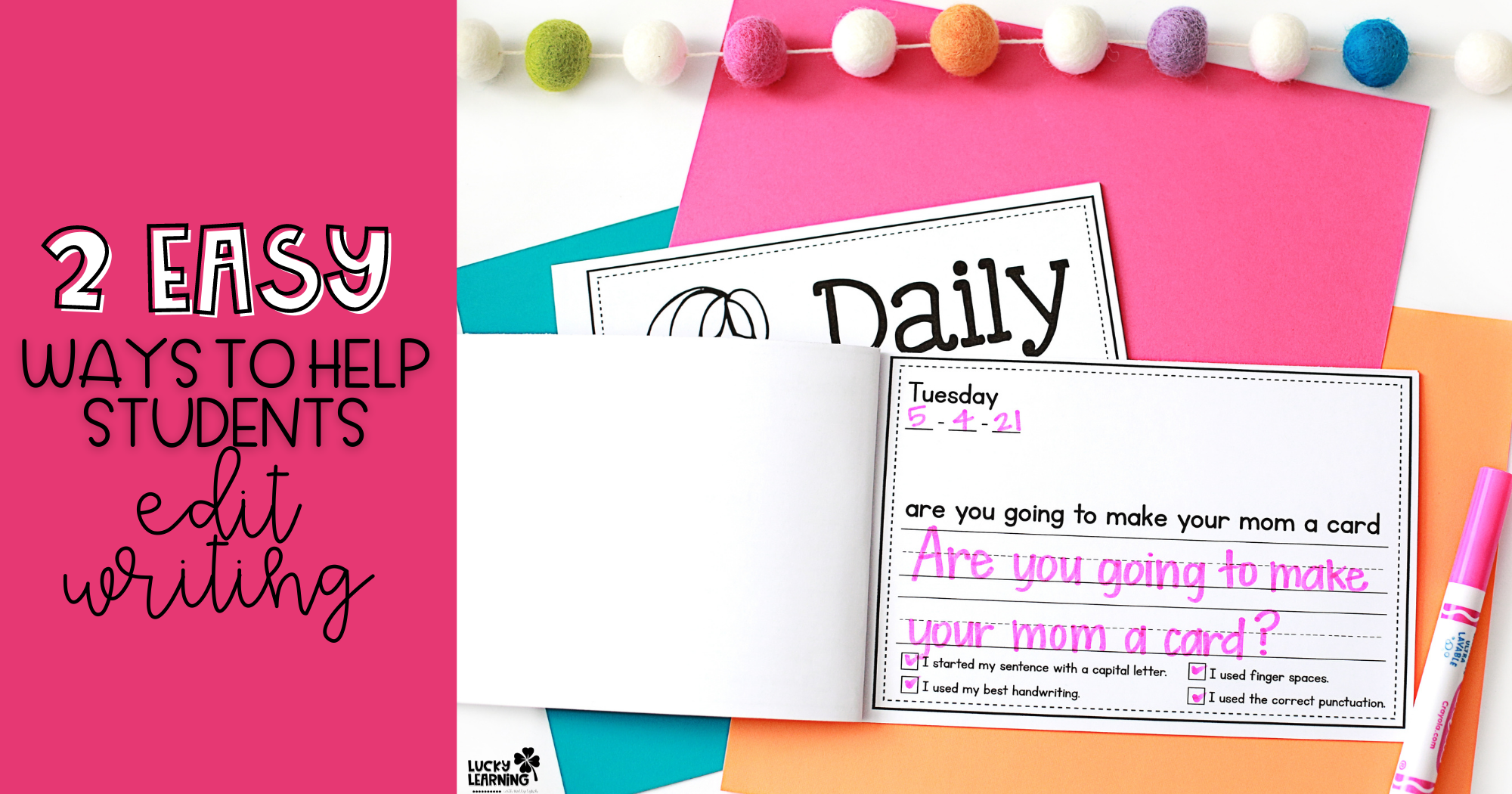
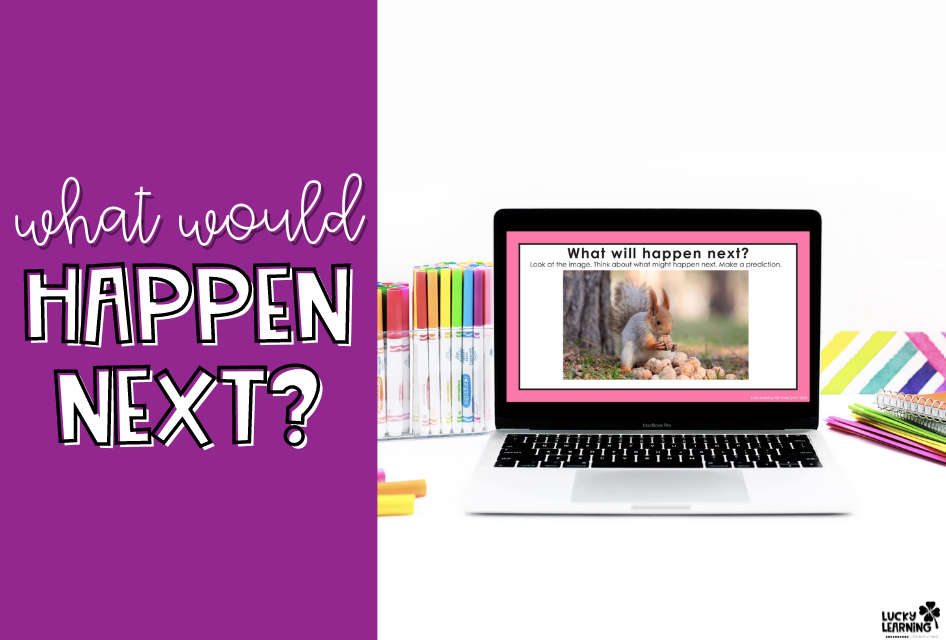
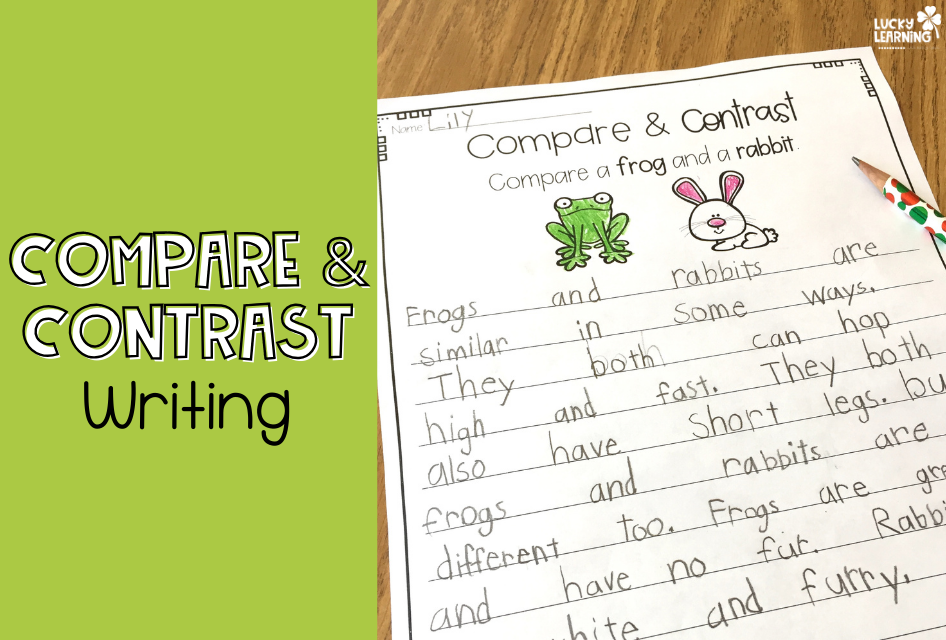
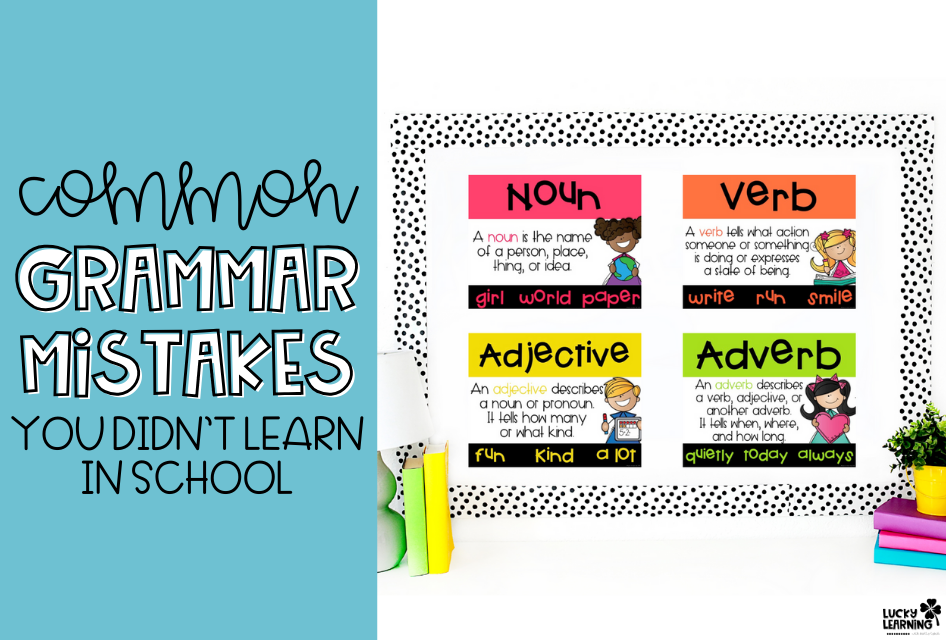

One Response
This is awesome! I learnt so much. It will now be easy for me to teach my pupils punctuations easily.